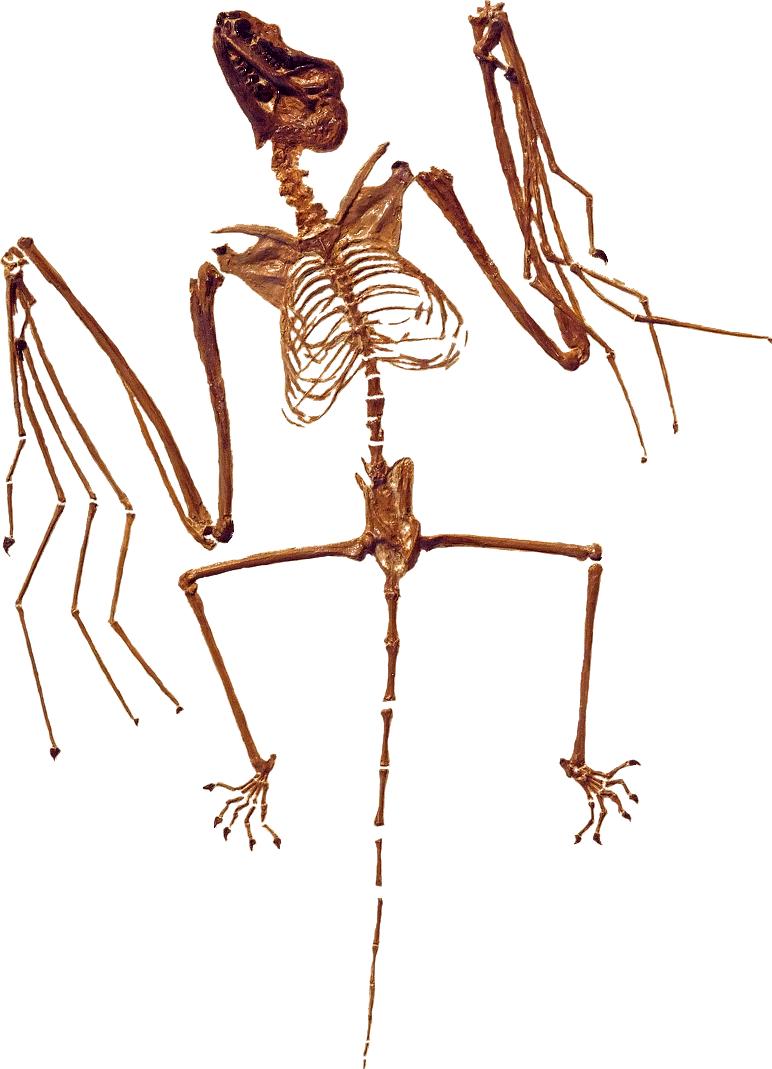|
“I knew it was a bat, and then I saw the claw on that third finger,” Bonnie said. After some more research, it was discovered that the new bat specimen contained 20 claws. “You don’t find a lot of bats, maybe one every four or five years,” Bob said. “They’re not very common. For her to find two in five days was quite unusual.”
Knowing what a rare find they had on their hands, they notified the Royal Ontario Museum in Ontario, Canada of their unusual specimen. They had spoken with the ROM previously and promised to contact them first if they uncovered a bat. Word of Finney’s find spread across the nation faster than wildfire. An hour after her call to Ontario, Bonnie received a call from the American Museum of Natural History in New York.
This was just the beginning of many more phone calls, interviews, correspondence, and emails. The Finneys took their specimen to the South Lincoln Medical Center in Kemmerer, where x-rays were taken of the fossil. Those x-rays confirmed their suspicions. Since then, the fossil has been in the capable hands of researchers, scientists and other experts from a total of five different museums, and numerous other agencies, who have been studying the fossil. After nearly five years of research, those professionals have determined that Finney’s specimen is a previously unrecognized species that lived on this earth over 52.5 million years ago.
To date, it is the oldest bat fossil in existence worldwide from the Eocene Era.
Even more significant is the fact that Finney’s fossil answers a long-standing question about the evolution of bats. Scientists and researchers have long wondered when bats gained their radar-like skills. Previously, researchers were unable to determine from existing bat fossils which came first: their flying ability, or “echolocation,” which is the term that refers to their radar sensor-like ability.
The Finney fossil was able to answer that question. Researchers now believe that the ability to fly came first, followed some time later by echolocation. Researchers just released these findings in the Feb. 14 issue of “Nature: The International Weekly Journal of Science.” In Bonnie’s honor, researchers have named the particular bat species she found the “Onychonycteridae finneyi.” The first half of the name means “clawed bat,” for the 20 visible claws, and “finneyi,” naturally, is in honor of Bonnie.
There is one other similar bat fossil in existence, but Bonnie’s is determined to be the oldest from the Eocene Era. Ironically, that specimen was found in the same quarry where Bonnie unearthed hers back in 2000. It was also discovered by another Kemmerer local, Charlie Nunn.
“We were there the day he (Charlie) found it,” Bonnie said. “We are all really good friends. We are not in competition. We feel like we should really enhance one another.” However, she said she felt a little bad for her fellow fossil hunter. “Charlie was digging for another individual and he didn’t get much recognition,” she said. The Nunn bat fossil was never studied and is now in a private collection in New York.
Posted: Thursday, Apr 17th, 2008
BY: Kay Murphy Fatheree, Gazette Reporter
|



